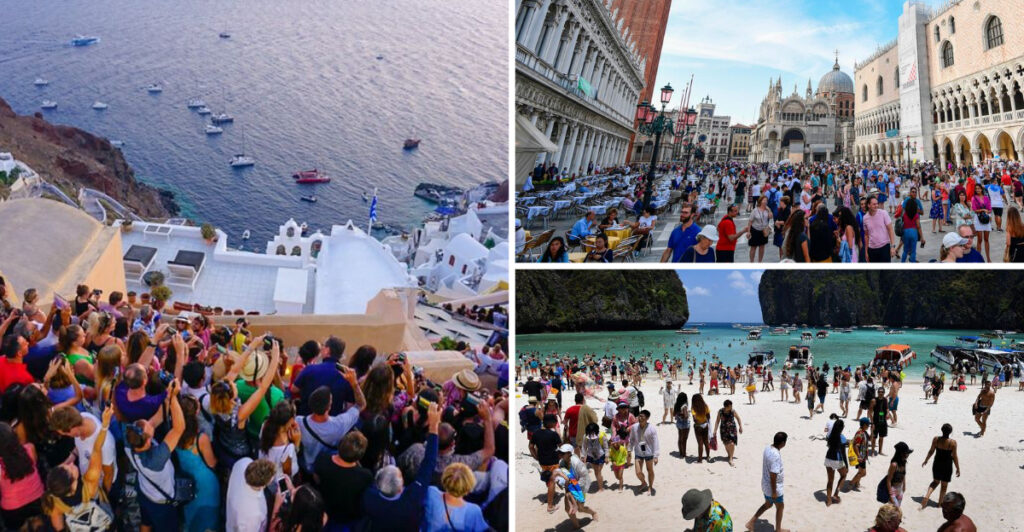Discover how mass tourism has led to the destruction of pristine paradise destinations. Each location tells a unique story of how overwhelming tourist numbers, environmental neglect, and unsustainable practices have turned idyllic places into cautionary tales. From lush beaches to serene islands, the impact of tourism is evident, leaving behind environmental degradation and cultural loss. As we explore these 15 destinations, we uncover the true cost of unchecked tourism and the urgent need for sustainable travel practices.
1. Maya Bay, Thailand
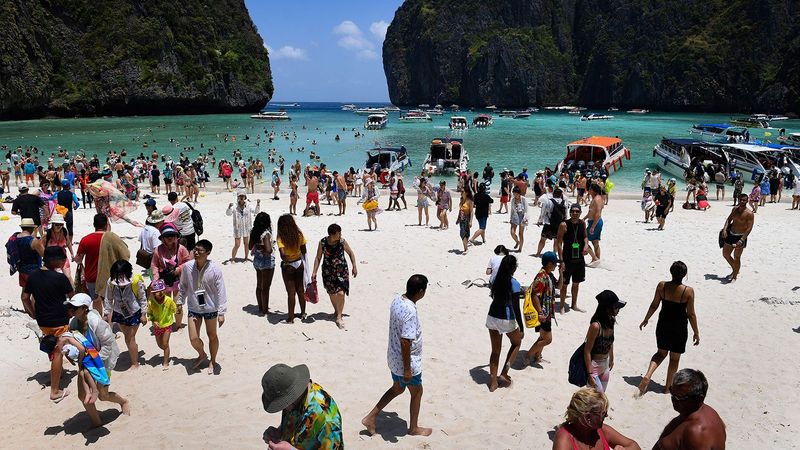
Once a hidden gem, Maya Bay became world-famous after the film “The Beach.” Its tranquil beauty was lost to overcrowding, with up to 5,000 visitors daily. The influx led to significant coral damage and marine life disruption. Authorities closed the bay in 2018 to allow for rehabilitation. Did you know? The bay’s closure was extended indefinitely to protect the fragile ecosystem.
Before its closure, vendors and boats crowded the shore, leaving waste and pollution. Today, Maya Bay stands as a lesson in balancing tourism with environmental preservation.
2. Boracay Island, Philippines
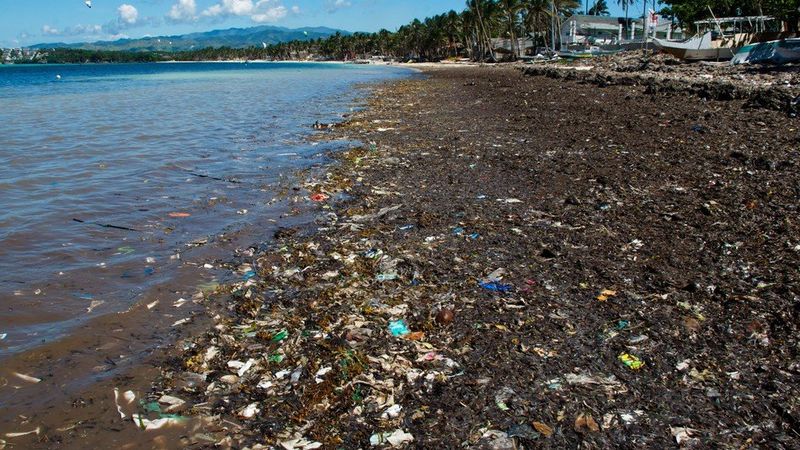
Boracay was once hailed as a paradise island with its powdery white sands and clear waters. However, unregulated tourism led to pollution, overdevelopment, and water contamination. In 2018, the government shut down the island for a six-month clean-up.
The closure aimed to restore its natural beauty and improve infrastructure for sustainable tourism. Fun fact: The drastic action attracted global attention, highlighting the need for responsible travel.
Since reopening, Boracay’s environment has improved, but the scars of over-tourism remind us of the delicate balance required.
3. Machu Picchu, Peru
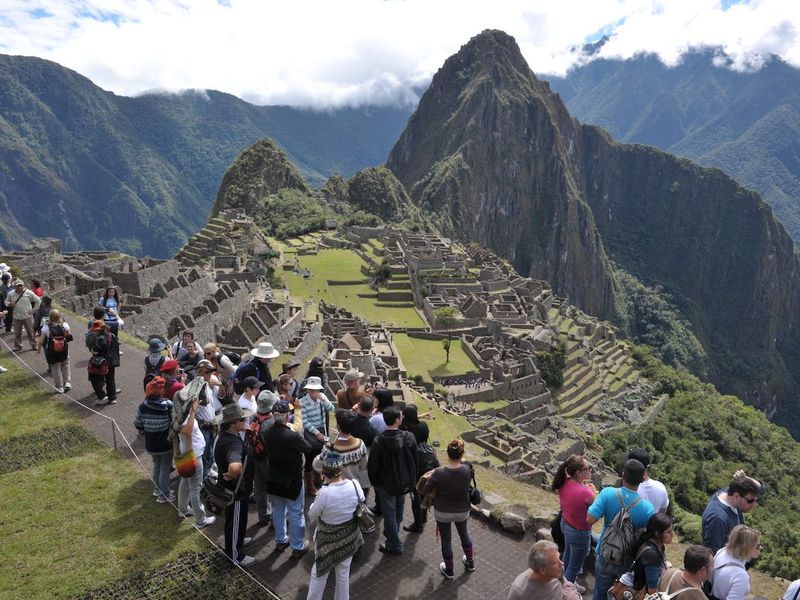
High in the Andes, Machu Picchu is an archaeological wonder. Its popularity, however, has led to physical wear and erosion of ancient paths due to foot traffic. Restrictions were introduced to limit daily visitor numbers and protect the site.
Interestingly, the site’s discovery was partly accidental; an American historian stumbled upon it in 1911.
Despite efforts, the increase in tourism infrastructure continues to pose risks. The challenges faced by Machu Picchu are emblematic of the struggle to preserve historical treasures amidst growing tourist interest.
4. Santorini, Greece
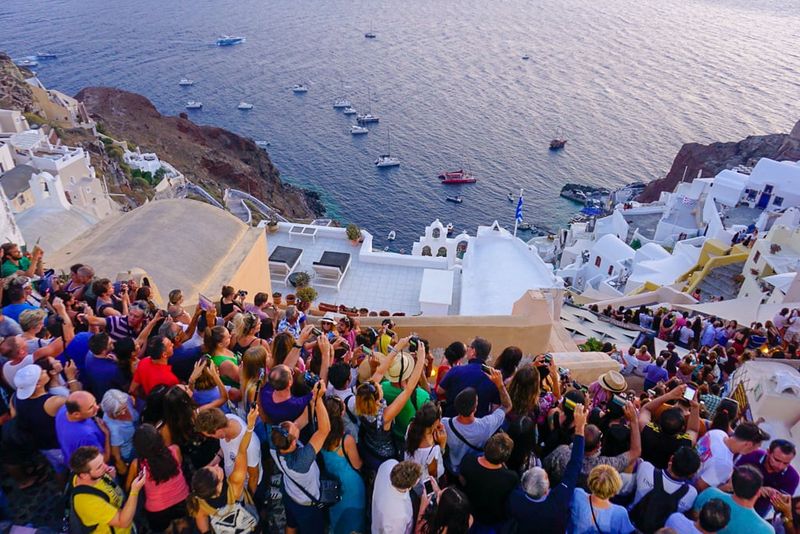
The picturesque island of Santorini is famous for its stunning sunsets and whitewashed buildings. Yet, the influx of tourists threatens its fragile infrastructure. Overcrowding, especially during peak season, strains resources and affects locals.
Cruise ships bring thousands daily, overwhelming the island. Intriguingly, Santorini’s volcanic origins contribute to its unique landscape.
Efforts to manage visitor numbers include limiting cruise ship arrivals. The situation underscores the complex relationship between economic benefits and the need for sustainable tourism practices.
5. Venice, Italy
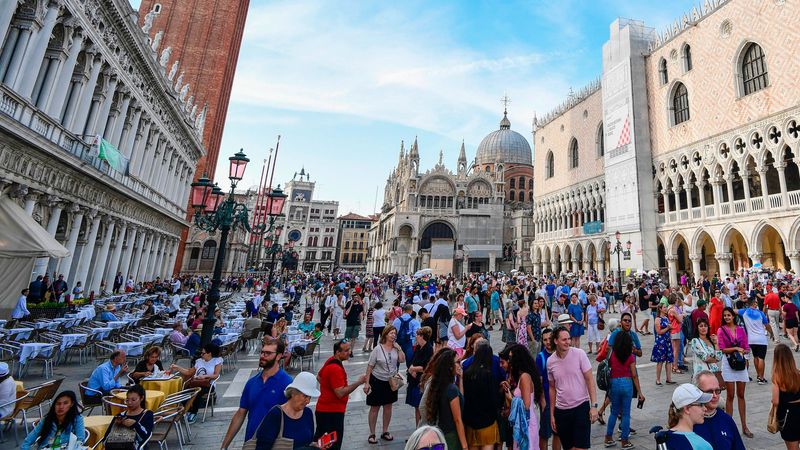
Venice, the city of canals, faces severe challenges from tourism. The sheer volume of tourists has led to overcrowding, rising living costs, and environmental strain. Notably, the city is sinking, exacerbated by the wake from numerous boats.
In a surprising turn, the pandemic offered Venice a respite, highlighting the benefits of reduced tourism.
Now, the city grapples with the dual challenge of managing tourist numbers and preserving its cultural heritage. Venice’s plight serves as a cautionary tale for other popular destinations battling similar issues.
6. Mount Everest, Nepal
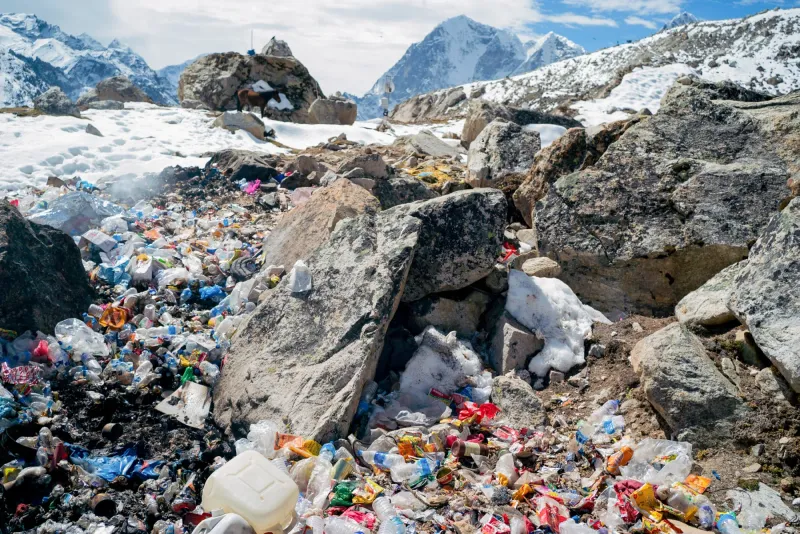
The allure of conquering the world’s highest peak draws adventurers globally. Yet, Everest suffers from the environmental toll of climbing expeditions. Trash, human waste, and overcrowding at base camps mar its pristine image.
Did you know? Efforts to clean Everest have been compared to space missions in difficulty.
While permits and cleanup campaigns aim to mitigate damage, the mountain remains a symbol of the environmental challenges posed by adventure tourism. The ongoing struggle underscores the need for responsible practices in extreme environments.
7. The Great Barrier Reef, Australia
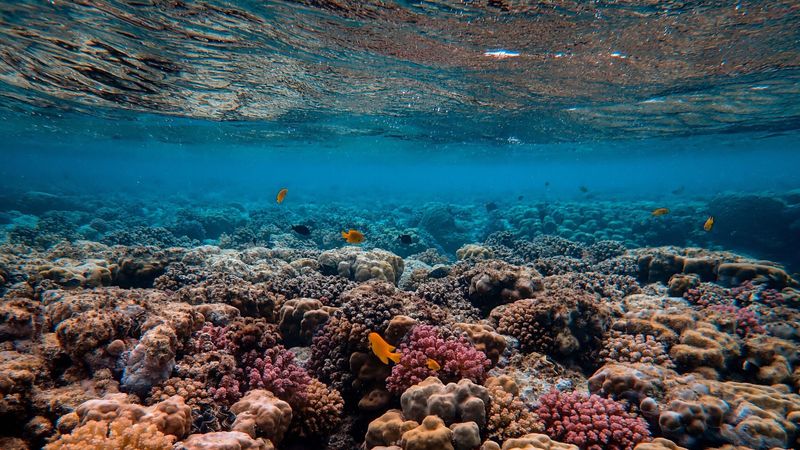
The Great Barrier Reef, a stunning underwater paradise, faces severe threats from climate change and tourism. Coral bleaching, driven by rising sea temperatures, is exacerbated by tourist activities. Unsustainable practices like touching corals and pollution have dire effects.
The reef’s plight has sparked global concern and initiatives for preservation. Interestingly, the reef is visible from space, highlighting its vastness.
Conservation efforts continue, but the challenge of balancing tourism and environmental protection remains. The reef’s state reflects broader ecological issues faced by marine ecosystems worldwide.
8. Phi Phi Islands, Thailand
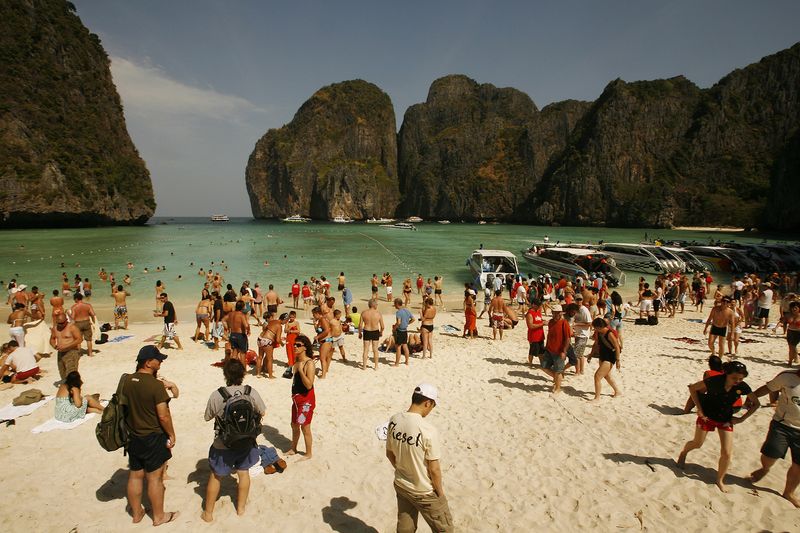
Phi Phi Islands, once a serene getaway, now struggle with the effects of mass tourism. Overcrowding and environmental neglect have led to coral damage and beach pollution. The islands gained fame after being featured in “The Beach,” leading to a surge in visitors.
Did you know? The 2004 tsunami dramatically altered the islands’ landscape.
Authorities have since imposed restrictions to protect the environment, such as limiting visitor numbers and closing areas for rehabilitation. The islands’ story highlights the need for sustainable tourism initiatives to safeguard natural wonders.
9. Cinque Terre, Italy
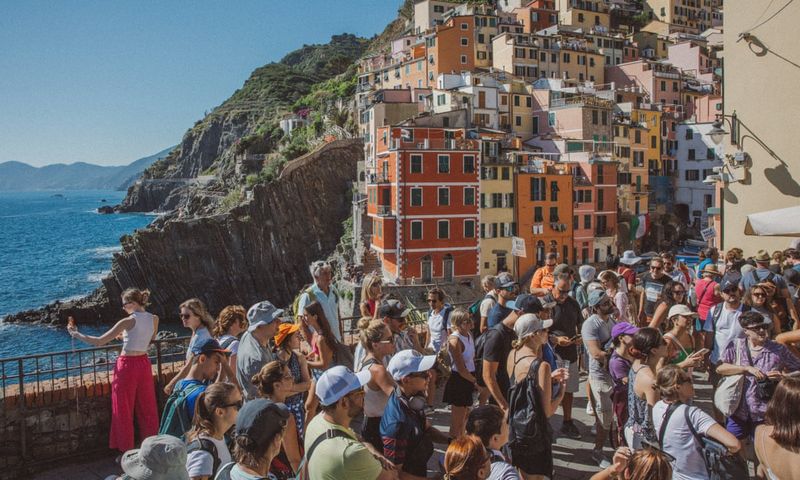
Cinque Terre, a UNESCO World Heritage site, faces challenges from overwhelming tourist numbers. The picturesque villages are strained by the influx, leading to trail erosion and infrastructure stress. Efforts to manage tourism include restricting visitor numbers and promoting off-peak travel.
Fascinatingly, the area was historically difficult to access, preserving its charm.
Now, Cinque Terre’s popularity necessitates measures to protect its unique landscape and cultural heritage. The ongoing struggle serves as a reminder of the potential impact of unchecked tourism on fragile destinations.
10. Galápagos Islands, Ecuador

The Galápagos Islands, famed for unique wildlife, face threats from tourism and invasive species. Visitor numbers have ballooned, leading to ecological disruption. Conservation efforts focus on maintaining the delicate balance between tourism and preservation.
Did you know? The islands inspired Charles Darwin’s theory of evolution.
Strict regulations now govern tourism activities, emphasizing responsible practices. The Galápagos’ story underscores the importance of protecting biodiversity while catering to global curiosity. The islands remain a living laboratory for understanding the effects of human impact on natural habitats.
11. Dubrovnik, Croatia
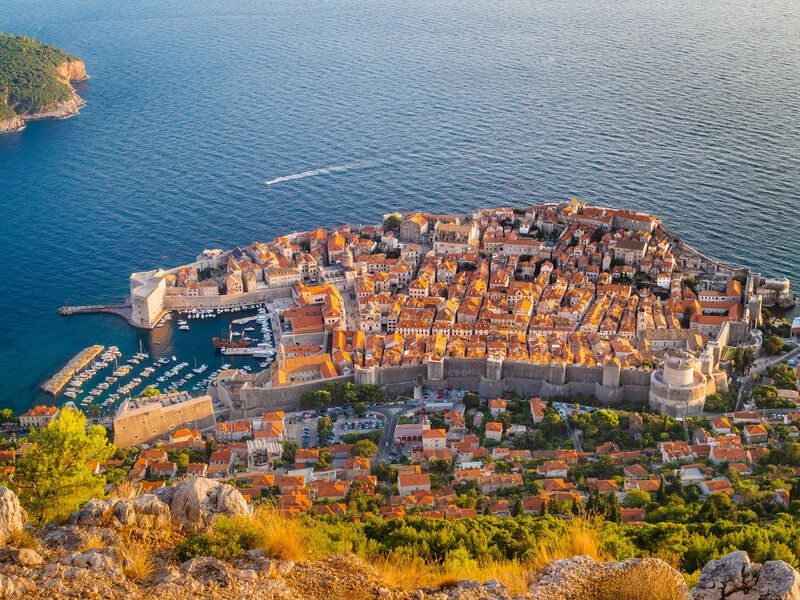
Dubrovnik, known as the “Pearl of the Adriatic,” faces challenges from its popularity, especially after featuring in “Game of Thrones.” Overcrowding strains the city’s medieval infrastructure and inconveniences locals.
Efforts to regulate visitor numbers and preserve cultural heritage are ongoing. Interestingly, Dubrovnik’s walls withstood sieges in history, but now face different threats.
The city’s experience illustrates the challenges of balancing cultural preservation with the benefits of tourism. Dubrovnik’s narrative is a cautionary tale for other heritage sites experiencing similar pressures.
12. Komodo Island, Indonesia

Komodo Island, home to the iconic Komodo dragon, faces environmental pressures from tourism. The island’s fragile ecosystem is threatened by over-visitation, leading to habitat degradation. Conservation measures, including visitor limits and fees, aim to protect this unique environment.
Did you know? The Komodo dragon is the world’s largest lizard, lending the island its fame.
The situation highlights the delicate balance between showcasing natural wonders and ensuring their sustainability. Komodo Island’s story is a reminder of the complexities involved in wildlife tourism.
13. Barcelona, Spain

Barcelona, a city renowned for its art and architecture, faces challenges from mass tourism. The influx of visitors burdens local infrastructure and affects quality of life for residents. The city’s iconic attractions, like Sagrada Familia, are often overcrowded.
Efforts to manage tourism include promoting off-peak travel and cultural events. Intriguingly, Barcelona’s beaches are artificial, created for the 1992 Olympics.
The city’s experience underscores the importance of balancing cultural enrichment with sustainable tourism practices. Barcelona’s narrative serves as a lesson for cities worldwide grappling with similar challenges.
14. Halong Bay, Vietnam
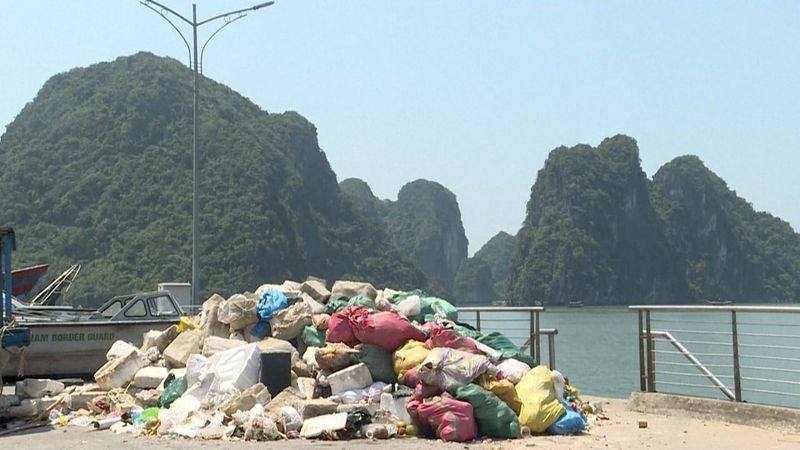
Halong Bay, a UNESCO World Heritage site, is famed for its limestone karsts and emerald waters. Yet, tourism and pollution threaten its beauty. Overcrowding, coupled with waste from boats, impacts its delicate environment.
Did you know? The bay’s name means “descending dragon,” inspired by local legends.
Authorities have implemented measures to control boat numbers and promote eco-friendly practices. Halong Bay’s story highlights the need for sustainable tourism strategies to preserve natural wonders. The ongoing efforts aim to ensure that future generations can enjoy this breathtaking landscape.
15. Tulum, Mexico
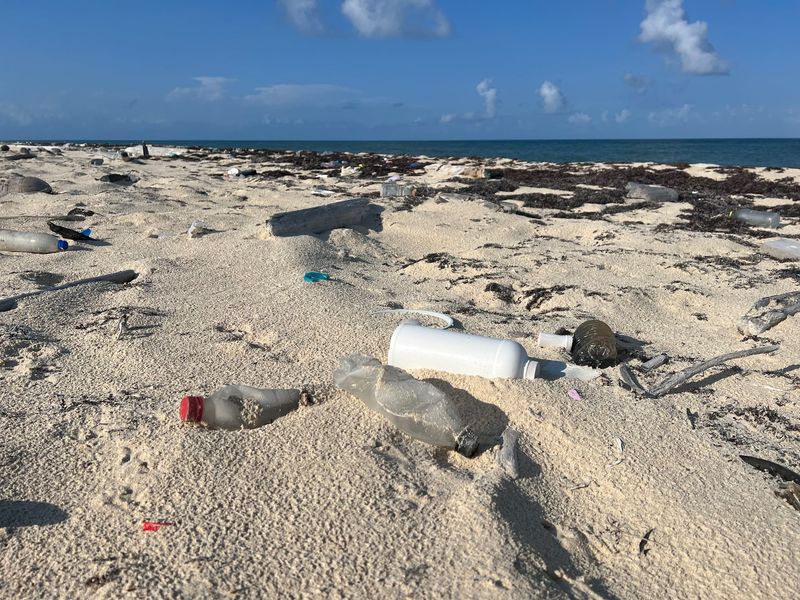
Once a serene coastal hideaway, Tulum has transformed dramatically due to its rise in popularity. Tourists flock to enjoy its intriguing Mayan ruins and stunning beaches, yet this influx has led to troubling changes. Fragile ecosystems are threatened, and the local community grapples with increased living costs.
The once-clear waters now struggle with pollution, a stark contrast to their former pristine state. Tulum’s charm remains, but its tranquility is overshadowed by bustling crowds.
Efforts to balance tourism with conservation are underway, as locals and visitors seek sustainable solutions to preserve this beloved destination.
Did you know? Tulum’s beaches were once nesting grounds for endangered sea turtles, underscoring the need for environmental mindfulness.

